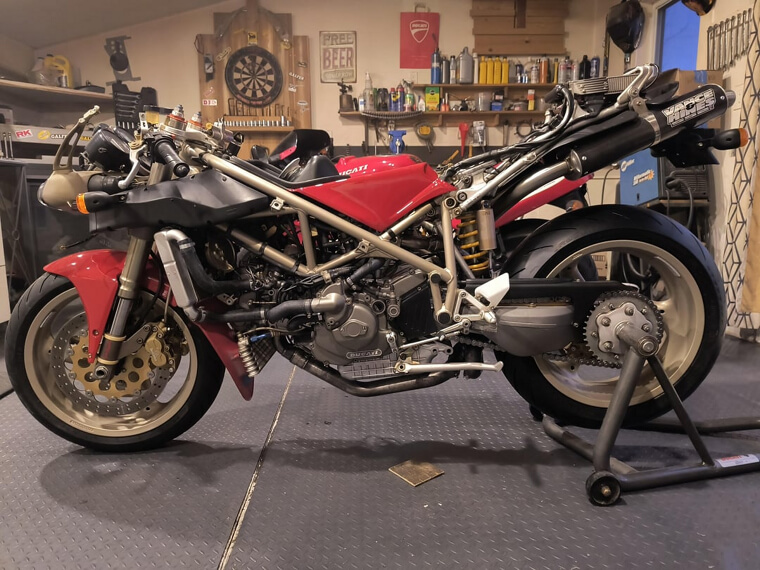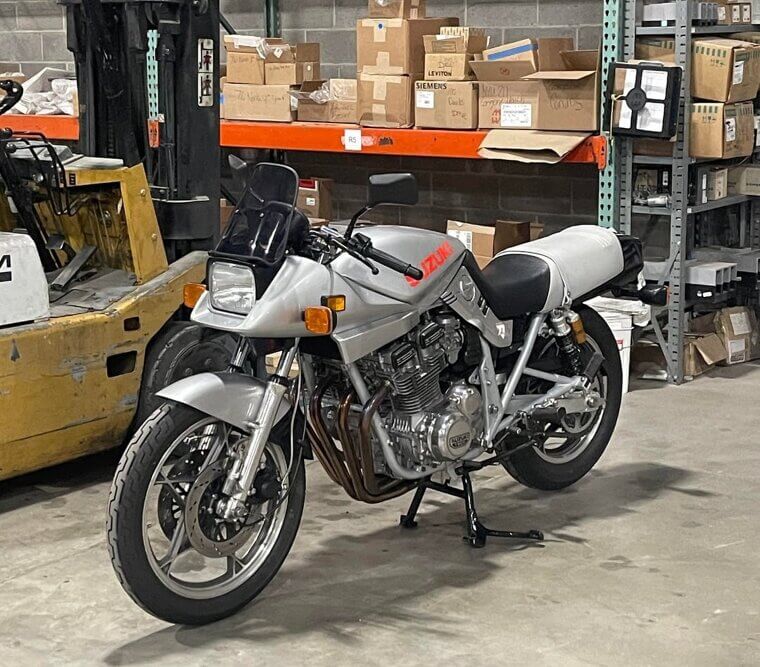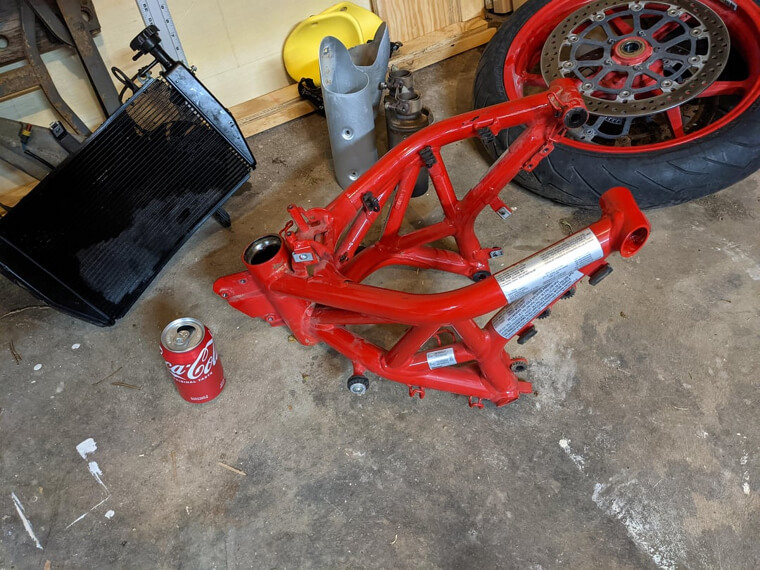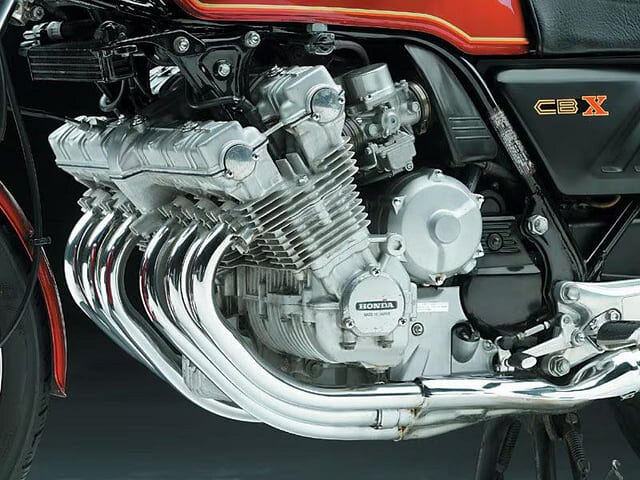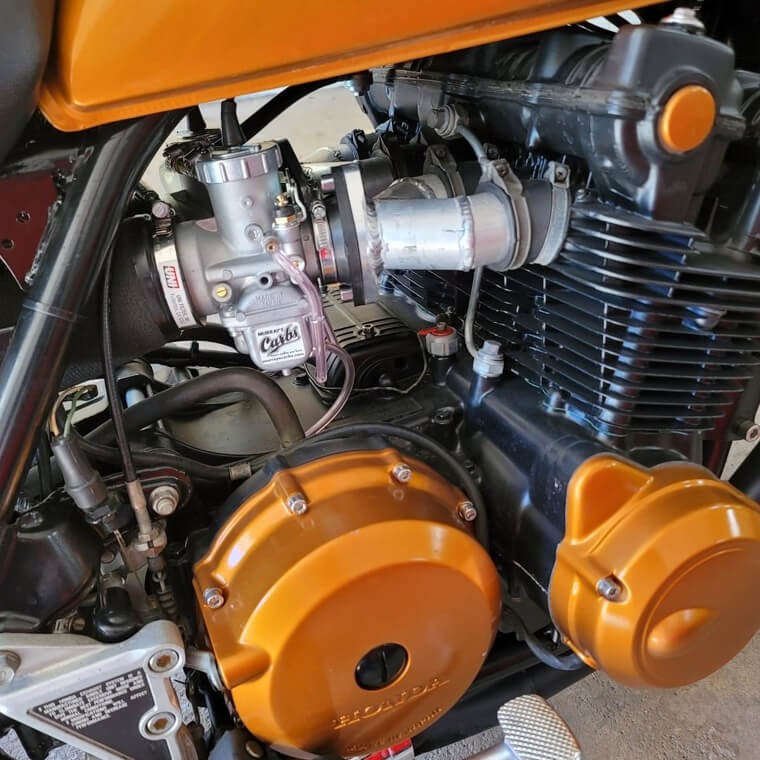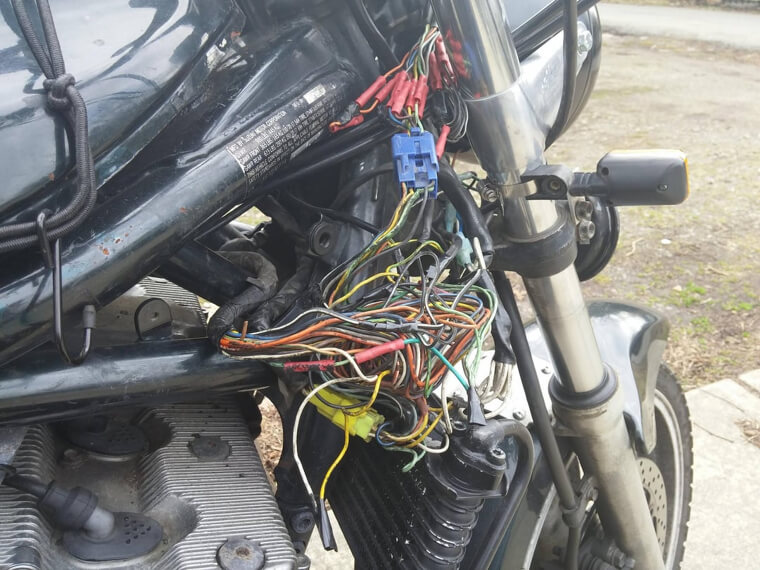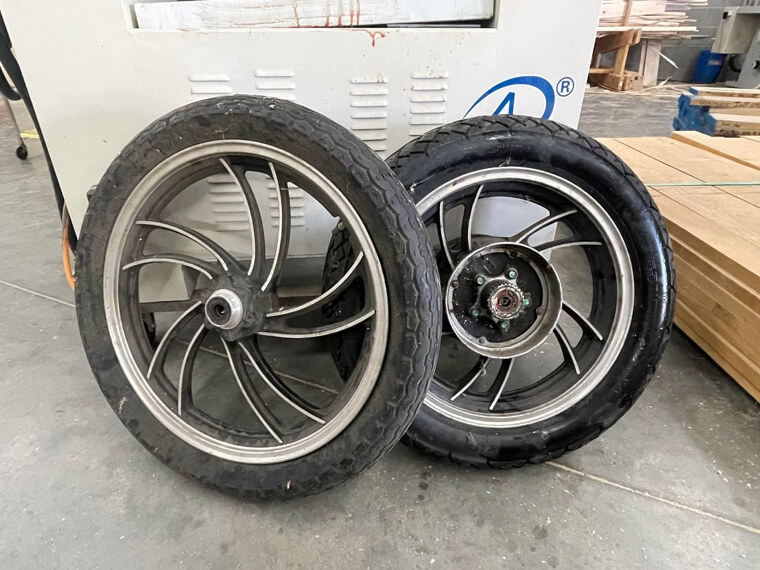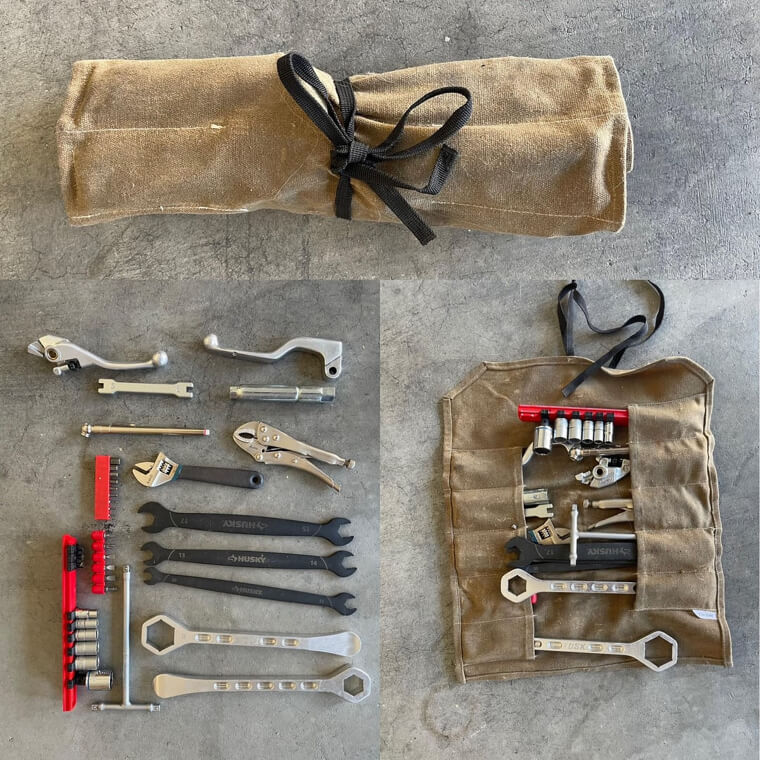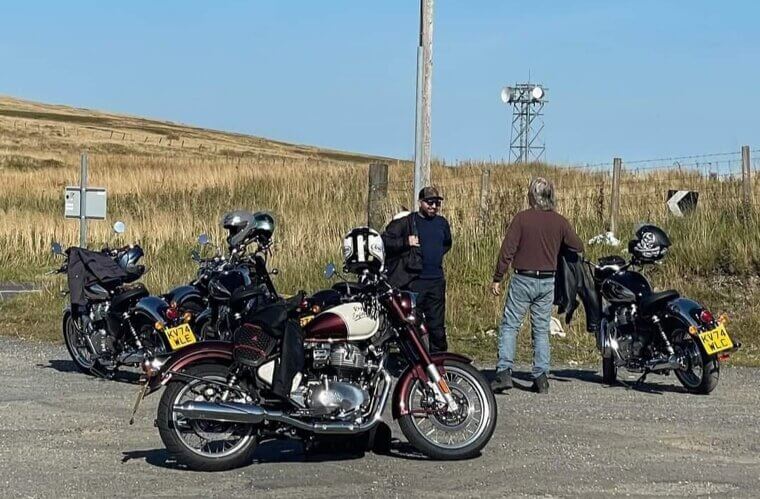Before You Roll Up Your Sleeves
Finding an old motorcycle tucked away in a garage or barn can feel like discovering treasure. The thought of bringing a classic back to life is exciting, but restoration takes more than enthusiasm. Not every old bike is a good project, and some will cost far more to fix than they will ever be worth. Before you buy parts or grab a wrench, it helps to take a close, realistic look at what you are working with. Assess the condition, the availability of parts, the total cost, and your own skill level. A careful evaluation at the start will save you money, frustration, and months of wasted effort. A smart restorer knows when to walk away and when to invest. Here’s how to make that decision with confidence and clarity before committing to a project that might end up being more burden than joy.
Title, VIN, and Matching Numbers
The first and most important thing to check is the paperwork. A bike without a clear title is a red flag, no matter how good it looks. Some older motorcycles were sold with bills of sale only, but modern laws make it increasingly hard to register them without proper documents. Always confirm that the title exists, matches the seller’s name, and reflects the correct model year. Next, look at the VIN plate and engine number. These should match each other or at least fall within the correct range for that model and year. If they do not, it could mean the bike was pieced together from multiple machines. That can hurt resale value and create registration headaches. A clean title and matching numbers prove authenticity and help you avoid legal or insurance problems later. No matter how tempting the deal, never buy a project without confirming its identity first.
Parts Availability and Price
Before committing to a restoration, spend time researching the parts you will need. Some older motorcycles still have wide parts availability through reproduction suppliers or online marketplaces. Others, especially short-lived or rare models, can be nearly impossible to source. Even if a bike looks complete, small missing items like side covers or carburetor parts can be shockingly expensive. Search for engine gaskets, brake parts, and bodywork before you buy the bike, and note both cost and shipping times. Factor in consumables like cables, filters, and tires too. It often helps to join online forums for your specific model and ask other owners where they buy their parts. If you find that key components are discontinued or prohibitively expensive, reconsider. Restoring a classic motorcycle should be satisfying, not a constant hunt for impossible pieces. Choose a model with good aftermarket support and you will enjoy the process much more.
Frame Condition and Straightness
The frame is the foundation of any motorcycle, and damage here is often a deal breaker. Start by checking for bends, cracks, or rust in the key structural areas such as the down tubes, swingarm pivot, and steering head. Use a flashlight to inspect welds for signs of stress or repair. Look for uneven paint or grinding marks that might hide damage. You can also check wheel alignment by sighting along the frame or rolling the bike to see if it tracks straight. Minor surface rust can be cleaned up, but deep corrosion around welds or joints is a serious warning. Bent frames can sometimes be straightened, but this requires specialized equipment and professional expertise. It is rarely worth the cost unless the motorcycle is highly collectible. A solid, straight frame saves you hours of frustration later and ensures your finished bike is both safe and true to its original design.
Engine Health Beyond the Paint
A shiny engine means nothing if it will not run. Before committing, check the engine’s basic condition. If possible, perform a compression test on all cylinders. Numbers that vary widely between cylinders or fall below factory specs suggest internal wear. Even without tools, you can turn the engine over by hand using the kickstarter or crank to ensure it moves freely. Listen for grinding or scraping that may indicate internal damage. Remove the spark plugs and look for oil fouling, metal shavings, or signs of water intrusion. Oil that looks milky or smells of gasoline means contamination and likely seal failure. A stuck engine can sometimes be revived, but assume it will need a full rebuild. That includes new bearings, seals, and gaskets- costs that add up quickly. It is far cheaper to buy a bike with a healthy, running engine than to rebuild one from the inside out.
Carburetors and Fuel System Reality Check
Old motorcycles almost always have fuel system issues. Open the gas tank and check for rust or residue. A rusty tank can be restored with cleaning and sealing kits, but severe corrosion may require a replacement. Inspect the carburetors closely. Make sure the slides move freely and the jets, floats, and screws are intact. Missing parts can be hard to replace, and a set of rebuilt carbs can cost hundreds of dollars. Expect to replace fuel lines, filters, and gaskets as part of any restoration. Many bikes have been parked for years with old fuel inside, which turns to varnish and clogs passages. Cleaning carburetors thoroughly takes patience and the right tools. If the bike uses multiple carbs, syncing them can be tricky for beginners. Factor in that time and cost before you buy. The good news is that a clean fuel system can bring a dormant engine back to life quickly.
Wiring and Charging System
Electrical problems are common on vintage motorcycles, and they can turn a simple project into a nightmare. Check for brittle or cracked wires, corroded connectors, or spliced repairs using household tape. Look at the battery box, regulator, stator, and ignition components. If the wiring harness has been heavily modified or is missing sections, replacement is usually the best choice. Modern wiring kits are available for many classic bikes, but they take patience to install. Before you spend money on other parts, confirm that the bike has spark and that the charging system works. Electrical gremlins can be difficult to trace, and replacement components add up fast. Clean, secure connections and proper grounding make all the difference between a reliable machine and one that constantly leaves you stranded. If the bike’s wiring looks like a bird’s nest, be prepared for hours of sorting before you ever turn the key.
Brakes, Suspension, and Wheels
Safety should always come before style. Start by checking whether the wheels spin freely and whether the bearings feel smooth. Inspect the rims for dents and rust, and check that the spokes are tight and even. Look at the brake system closely. For drum brakes, check for worn shoes or damaged cams. For disc brakes, inspect the calipers, hoses, and master cylinder for leaks. Old rubber hoses can fail under pressure, so plan to replace them. Move on to the suspension. Fork seals often leak after years of sitting, and shock absorbers may have lost their damping. These parts are not expensive but require time and effort to rebuild properly. Proper suspension and braking performance are essential to both safety and comfort. Many first-time restorers focus on the engine and cosmetics while ignoring these systems, which can lead to accidents later. Invest in safety first; everything else can wait.
Completeness of the Package
A project bike that looks mostly complete will always save you time and money compared to one that is half-assembled or missing key components. Check for items such as side covers, seats, chain guards, mirrors, and exhausts. Many of these parts are expensive or impossible to find if they are missing. Look at photos of fully restored examples to see what should be present. Even small items like brackets, clips, or badges can make a big difference. If the bike is missing rare or model-specific parts, you may spend months searching. A 90 percent complete motorcycle is almost always a better deal than a cheaper one that is only 60 percent intact. When in doubt, take plenty of photos and ask experienced restorers for opinions before you buy. A complete bike means more time riding and less time scouring auction sites and salvage yards.
Market Value When Finished
It is easy to get attached to a project, but you should still do the math. Research recent sale prices for the same make and model in both running and fully restored condition. Sites like eBay, Bring a Trailer, and enthusiast forums can give you a realistic picture. Then estimate your total investment, including parts, tools, paint, and your time. Even if you do your own labor, give yourself an hourly value. Add up everything and compare it to the potential resale value. If your total is close or higher, that is fine if you are doing it for love, but not if you expect a profit. A realistic assessment will help you decide whether the bike is worth it. The smartest restorers treat their time and effort as valuable, not free. Restoring for fun is great; restoring for financial loss is not. Know which path you are taking before you start.
Your Skills, Tools, and Space
Every successful restoration depends on the person doing the work. Be honest about your mechanical skills and available time. Do you have the tools to remove an engine, rebuild a carburetor, or paint parts safely? Do you have a clean, well-lit space to work in? Restoring a motorcycle outdoors or in cramped conditions can make the process frustrating and unsafe. Start small if you are new. Maybe rebuild a simple single-cylinder bike before tackling a complex multi-cylinder model. Seek advice from forums or local clubs and do not hesitate to ask for help. The right tools- torque wrenches, stands, and a service manual- are worth every penny. Skill comes with experience, and patience is part of the learning curve. A realistic understanding of your abilities will help you choose a project that challenges you without overwhelming you. Restoration should be enjoyable, not exhausting or discouraging.
Conclusion: When the Numbers and the Heart Agree
A classic motorcycle is worth restoring when it has a clear title, a solid frame, available parts, and a realistic finish value. The best projects strike a balance between cost, challenge, and enjoyment. Use this checklist to weigh the facts before letting emotion take over. Sometimes the smartest move is walking away from a project that looks romantic but will only cause headaches. Other times, the right bike will call to you because it is solid, complete, and ready to live again. Choose with both your head and your heart. When those align, you will not just restore a motorcycle- you will revive a piece of history worth every hour spent.

